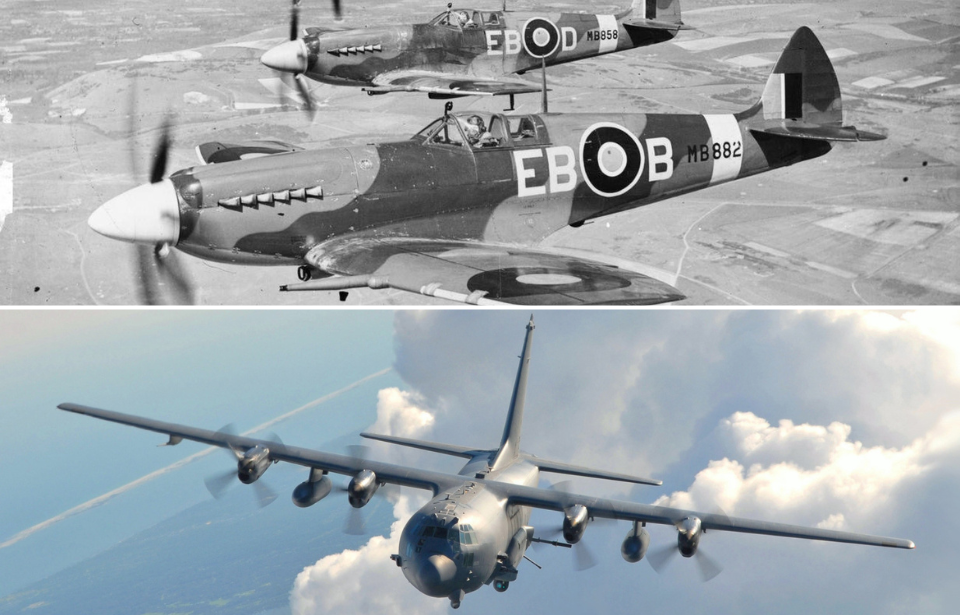From the onset of the First World War, aircraft have been instrumental in shaping the results of conflicts. Beyond their ability to unleash airborne firepower, they have proven their worth in reconnaissance operations. Over the past 100 years, it has become clear that the capabilities of aircraft – be they fighters, biplanes or jets – vary significantly. Military forces equipped with cutting-edge technology have often emerged triumphant in battles.
This list outlines eight of the most formidable aircraft to have ever soared through the skies.
Fokker Eindecker
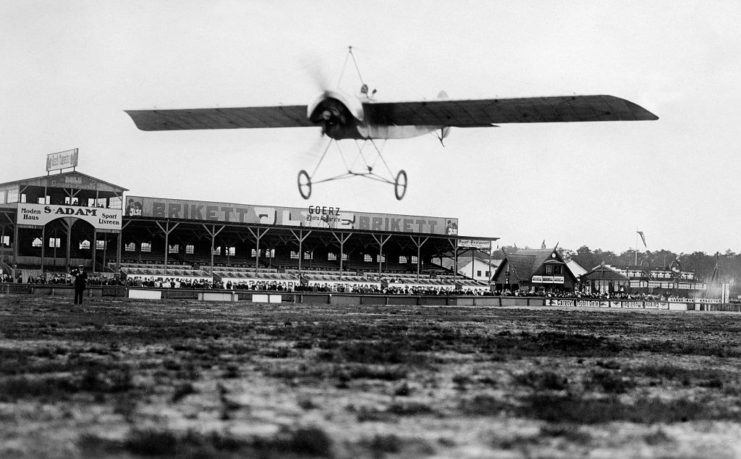
The advent of formidable aerial combat began with the introduction of the Fokker Eindecker.
Designed by Dutch engineer Anthony Fokker, this groundbreaking monoplane featured a Parabellum MG 14 and boasted the first-ever synchronization gear. This innovative technology allowed pilots to fire their machine guns without risking damage to their aircraft’s propeller blades.
In 1915, German aviators asserted dominance in the skies, with the Eindecker outclassing the aircraft it encountered. Historians later coined this era of German superiority as the “Fokker Scourge.” However, this period proved transient, as, by 1916, both the British and the French had developed their own monoplanes, such as the Airco DH.2 and Nieuport 11, to counter this continued threat.
Boeing AH-64 Apache
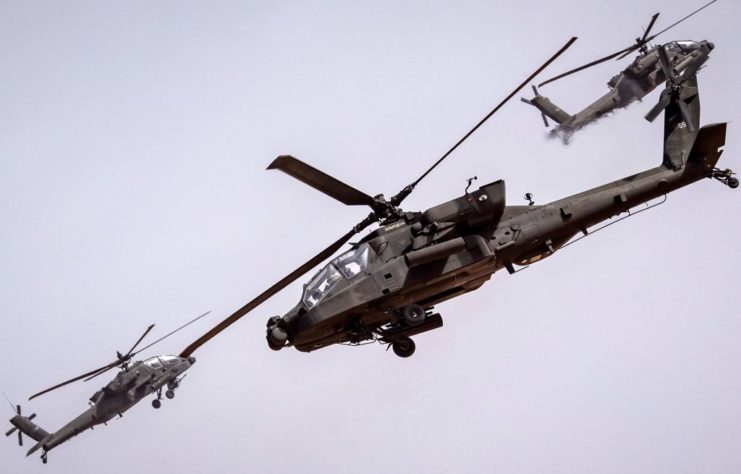
The most formidable aircraft don’t necessarily fall into the category of jets or fighters. Helicopters, initially introduced for troop transport in combat, have evolved into increasingly menacing machines. Among them, the Boeing AH-64 Apache stands out as arguably the most dangerous ever developed.
Aptly nicknamed the “flying tank,” it made its debut during Operation Just Cause, the American invasion of Panama. Operating primarily at night, it conducted attack missions over diverse targets. The helicopter also played a significant role in the Gulf War, as well as the conflicts in Iraq and Afghanistan. Its primary armament is the M230A1 Hughes chain gun, complemented by the capacity to carry AGM-114 Hellfire II anti-armor missiles and Hydra-70 2.75-inch rockets.
Boeing has proposed the possibility of equipping the AH-64 with a direct energy weapon, successfully testing the concept in 2017.
Sukhoi Su-33
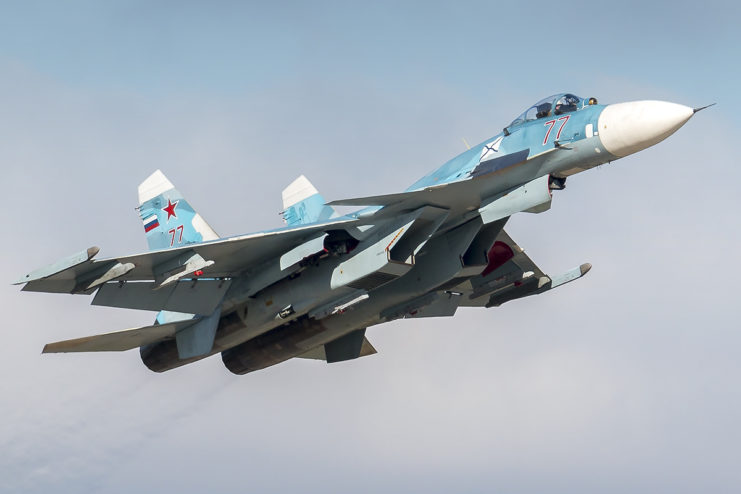
The Sukhoi Su-33 was built to be an improvement on the already formidable Su-27, and it was geared toward naval operations. It features folding wings, upgraded engines and a strengthened undercarriage, and it can also be refueled midair.
While officially introduced into service in 1998, the Su-33 was actually first used in military operations three years earlier while aboard the Admiral Kuznetsov in the Mediterranean Sea. The fighter jet was used in Russia’s military intervention in Syria in 2015. Due to the collapse of the Soviet Union and the downsizing of the Russian Navy, only 24 were ever produced.
Mikoyan-Gurevich MiG-21
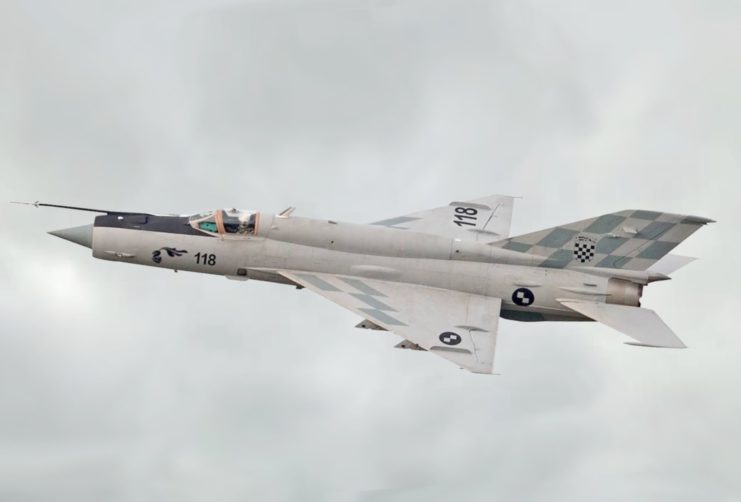
The Mikoyan-Gurevich MiG-21 experienced its first flight in 1955. The supersonic fighter and interceptor has become an absolute workhorse during its decades in the sky, being flown by around 60 countries, rightfully earning its place as one of the most dangerous aircraft of all time. It’s also earned a number of accolades, including the most-produced combat aircraft since the Korean War and the most-produced supersonic jet in aviation history, with nearly 11,500 made.
The Soviet-produced MiG-21 has been flown throughout a number of major conflicts, including the Vietnam War, the 1971 Indo-Pakistani War and the Kargil War, with many drawn to its simple design, particularly when it comes to its controls and avionics. While no MiG 21s were produced after 1985, the aircraft remains in service today in some countries.
Supermarine Spitfire
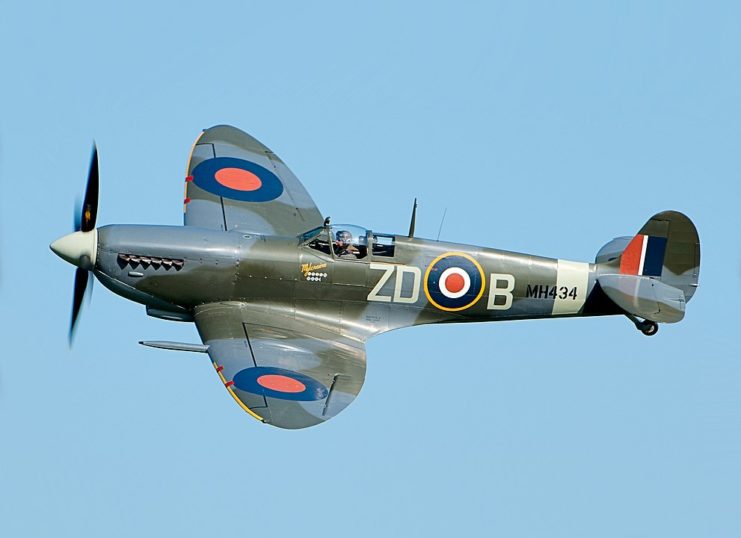
British designers began working on the single-seater Supermarine Spitfire in 1928, with the aircraft making its first flight eight years later. The Spitfire was pressed into service almost immediately when the Second World War broke out, serving the Royal Air Force (RAF) and other Allied countries.
The Spitfire acquitted itself terrifically against the skilled pilots of the German Luftwaffe, particularly during the Battle of Britain when the fighter was tasked with taking on Messerschmitt Bf 109s. It also served as an effective photo-reconnaissance aircraft, and is credited with taking the photographs that confirmed the development of the German V-1 and V-2 rockets.
Given its stature, the Spitfire remained in production until 1948. While over 20,000 were manufactured, it’s estimated that just 60 remain airworthy. The fighter is remembered by aviation enthusiasts as one of the most impressive aircraft of its day – and one of the most dangerous.
Shenyang J-16
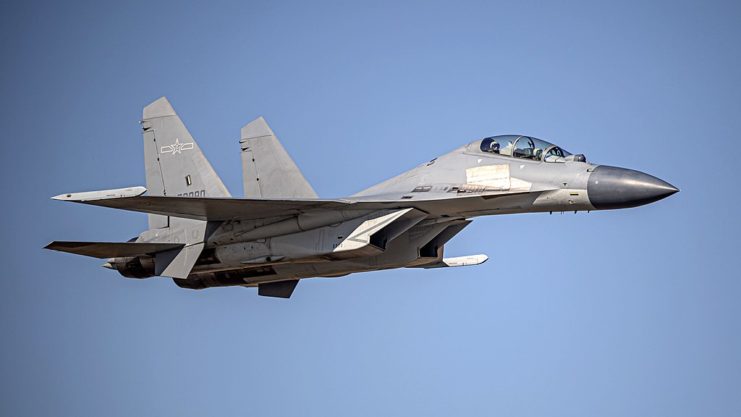
Derived from the J-11BS, which, in turn, drew inspiration from the Sukhoi Su-27, the Shenyang J-16 fighter originated from a lineage of Soviet aircraft that the Chinese government acquired in the 1990s and sought to emulate. Entering active service in 2015, this aircraft was meticulously crafted for modern warfare, characterized by its reduced weight and radar-absorbent coating.
Furthermore, the J-16 boasts an electronic warfare variant equipped with external warfare pods and internal jamming systems. Exclusively operated by the People’s Liberation Army Air Force, this versatile multirole strike fighter primarily serves the purpose of safeguarding Chinese airspace.
Boeing B-29 Superfortress
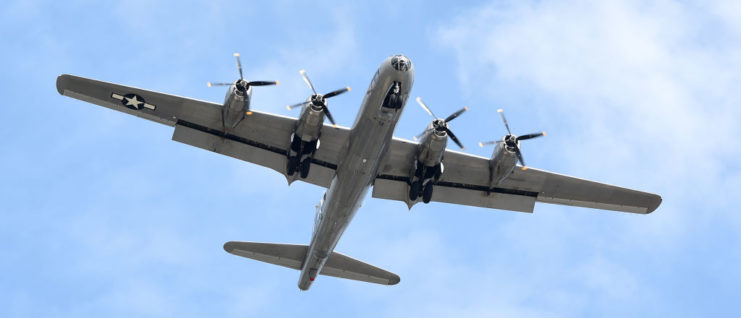
The B-29 Superfortress was first developed by Boeing in the early 1940s, having been fast-tracked for use during World War II. The massive bomber was built to drop bombs, but also excelled at low-altitude incendiary bombing. There were initially issues with the aircraft’s engines catching fire, but those were eventually resolved, allowing the B-29 to enter service in time.
The bomber earned its status as one of history’s most dangerous aircraft in August 1945, when the Enola Gay and Bockscar dropped the atomic bombs on Hiroshima and Nagasaki. The bomber remained in service throughout the Korean War, and was retired in 1960. Only 26 remain today, with just two being considered airworthy.
Lockheed AC-130
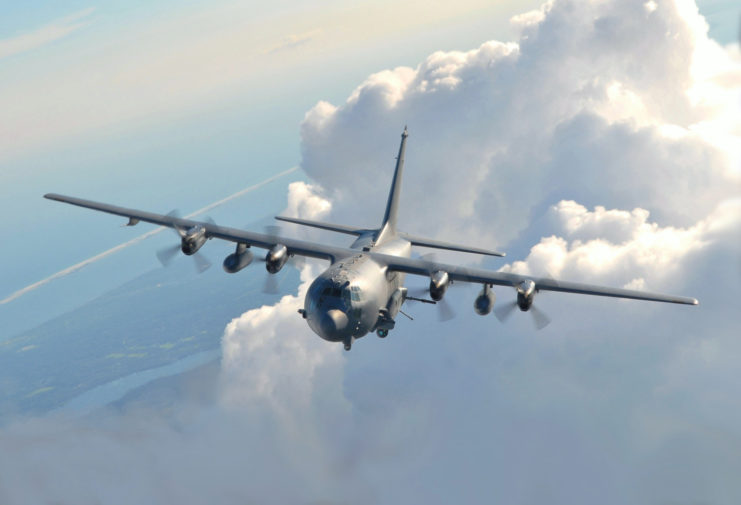
Closing out our list of most dangerous aircraft is the AC-130, the ground-attack variant of the Lockheed C-130 Hercules. It was created in a partnership between Boeing and Lockheed, with the latter constructing the airframe and the former turning it into a gunship.
More from us: FICON Project: When the US Air Force Practiced Hooking Smaller Aircraft Under Large Bombers
The AC-130 did the majority of its damage during the Vietnam War. Concentrating on taking out ground targets, it’s estimated the gunship destroyed over 10,000 trucks during the conflict. It also participated in a number of close-air-support missions. There have been a number of models developed over time, with the last, the AC-130U Spooky, being retired in 2019.
